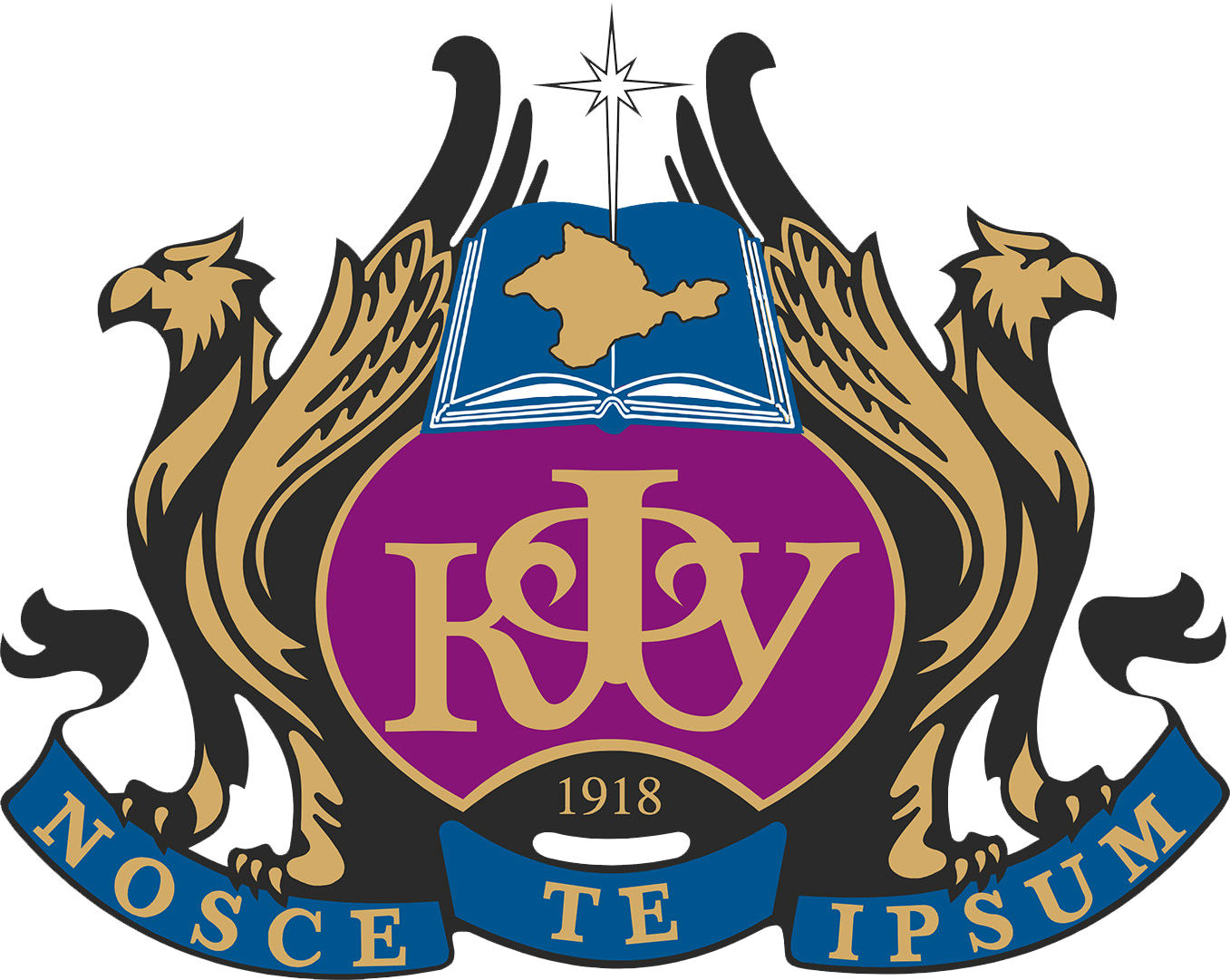Tyumenskiy nauchnyy centr SO RAN
The article deals with the problems of pollution of aquatic ecosystems by polymer wastes. The purpose of the research is to study the statistics of polymer waste generation in the global community, in individual countries and their impact on the homeostatic mechanisms of aquatic ecosystems. According to the conducted research, the amount of plastic produced increases every ten years, and from 1950 to 1960 and from 1960 to 1970, respectively; about 2 times from 1970 to 1980; about 1.7 times every ten years from 1980 to 2000; approximately 1.4 times every ten years from 2000 to 2010 and 2010 to 2019, respectively. The trend line has an «upward» character, and a high approximation coefficient makes it possible to make a forecast about an increase in the amount of plastic waste for the coming decades. The research reveals that the amount of plastic waste, both in the oceans, rivers and lakes, has been increasing for almost 20 years. Plastics are part of complex biogeochemical cycles: through living organisms that absorb plastics. They enter the human body via food chains. Consequently, pollution of aquatic ecosystems results in disruption of homeostatic processes that cause changes in the environment. The solution to the problem of pollution of aquatic ecosystems is the legal regulation of the collection of polymer waste and the development of promising technologies for their processing, i.e., secondary polymer raw materials should be converted into new products. This will solve environmental safety issues related to pollution of aquatic ecosystems by polymer waste.
aquatic ecosystems, polymer wastes, environmental safety, homeostasis, waste utilization
1. Plastikovoe zagryaznenie: obzor mezhdunarodno-pravovyh instrumentov. 19 oktyabrya 2023 goda // Centr mezhdunarodnyh i sravnitel'no-pravovyh issledovaniy. – 2023. – 29 s.
2. Problema zagryazneniya i ee reshenie: Global'naya ocenka zagryazneniya morskoy sredy musorom i plastmassami. Svodnyy doklad
3. Rovenskih A. S., Iguminova V. A., Karyuchina A. E., Nagibina I. I. Zagryaznenie Mirovogo okeana plastikovymi othodami // Nauchnyy zhurnal. Molodoy uchenyy. – 2020. – № 18 (308). – S. 224–227.
4. Sinicyna O. O., Eremin G. B., Turbinskiy V. V., Pushkareva M. V., Shiryaeva M. A., Markova O. L., Borisova D. S. Zagryaznenie mikroplastikom vody – ugroza zdorov'yu cheloveka i okruzhayuschey srede.
5. Speranskaya O., Ponizova O., Citcer O., Gurskiy Ya. Plastik i plastikovye othody v Rossii: situaciya, problemy i rekomendacii // Mezhdunarodnaya Set' po Likvidacii Zagryazniteley
6. Starikova G. V., Mamaeva N. L. Obraschenie s othodami proizvodstva i potrebleniya: monografiya. – Tyumen': TIU, 2023. – 162 s.
7. Hayrullina L. B., Mamaeva N. L. Pravovye aspekty ekologicheskoy bezopasnosti pri obraschenii s othodami // Evraziyskiy yuridicheskiy zhurnal. – 2023. – № 1 (176). – S. 364–365.
8. Huchunaeva L. V. Ocenka ekologicheskogo sostoyaniya vodnyh ob'ektov vblizi poligona tverdyh kommunal'nyh othodov (poselok Kashhatau, Kabardino-Balkarskaya Respublika) // Ekosistemy. – 2023.
9. Plastic Pollution by Country 2024. World Population Review. Retrieved July 28, 2024 [Elektronnyy resurs]. – Rezhim dostupa: https://worldpopulationreview.com/country-rankings/plastic-pollution-by-country
10. Sarah Perreard, Dr Feiyi Li, Dr Julien Boucher, Adrienne Gaboury, Noymie Voirin, Martina Gallato, Riccardo Puppi Plastic Overshoot Day – Report 2023, EA-Environmental Action 2023. – 272 p.
11. Sarah Perreard, Julien Boucher, Martina Gallato, Melissa I. Gomis, Paolo Mazzatorta, Adrienne Gaboury, Noymie Voirin Plastic Overshoot Day – Report 2024, EA-Earth Action, 2024. – 264 p.





